Gitanjali, or ‘songs offerings,’ is a collection of 103 prose poems in English (the number is more in Bengali) by the Indian poet, novelist, singer, education reformer, painter, and musician Rabindranath Thakur (pronounced ‘Tagore’ by the British).
The translated title ‘song offerings’ does not entirely capture the essence of the word ‘Gitanjali,’ which is composed of two words: ‘geet’ meaning songs and ‘anjali.’ The word ‘Anjali’ has a devotional and spiritual context. When offering flowers to the divine and while receiving an offering in the temple, for example, ‘prasad,’ a Hindu devotee will cup the palms in supplication. This humble formation used during prayers and devotional service is known as ‘anjali.’ It is this specific connotation that Rabindranath evokes with the title ‘Gitanjali.’

The Curious Case of Translation
The songs/ poems were originally composed in Bengali, Rabindranath’s mother tongue. With a large corpus of literature to his credit, Rabindranath never really had the time to translate any of his works. In March 1912, due to bad health, his scheduled trip to England got cancelled. Because of this sudden development, Rabindranath could devote time to translating his poems while recuperating in then East Bengal. After recovery, he sailed to England in May 1912 and handed over the manuscript of Geetanjali translations or his ‘exercise book’ to William Rothenstein (English painter, printmaker, and writer), who was instrumental in popularizing the book in the west and getting it published. Many people were vying for his ‘exercise book’, a goldmine of poetry.
In a letter to Ajitkumar Chakravarty (a translator of his other works) in August 1912, Rabindranath writes thus.
“The notebook in which I had been doing the translations of Gitanjali has filled up and is brimming over. It is more than a hundred now. Yeats is roaming around with them day and night…. Rothenstein craved for the notebook as a gift from me. Therefore, I have not been able to retain the document of my English compositions for you.”
Eventually, the English translation of Geetanjali was published in 1912. It took the west by storm and was translated into many languages. In his foreword to the book, the famous Irish Poet-WB Yeats says:
“I have carried the manuscript of these translations about with me for days reading it in railway trains, or on top of omnibuses and in restaurants, and I have often had to close it lest some stranger would see how much it moved me. These lyrics — which are in the original, my Indians tell me, full of subtlety of rhythm, of untranslatable delicacies of color, of metrical invention — display in their thought a world I have dreamed of all my life long. The work of a supreme culture, they yet appear as much the growth of the common soul as the grass and the rushes. A tradition, where poetry and religion are the same thing, has passed through the centuries, gathering from learned and unlearned metaphor and emotion and carried back again to the multitude thought of the scholar and of the noble.”
A year later, Rabindranath Tagore was awarded the Noble prize in literature for this momentous work, the first Nobel conferred upon an Indian.
To me, the songs of Gitanjali are deep utterances of love and longing. Often they have a brutal admission of one’s frailties and a joyful acceptance of a power supreme. Over the last few months, I have recited and recorded the first 23 songs of Geetanjali. I am sure there exist many exquisite recordings in both English and Bengali.
Yet, I felt the pull to recite these songs as my humble offering to the divine and my spiritual master. Thanks, Swami, your readings of Gitanjali last year and during Covid times inspired me to open the book again. I bow down to Gurudev Rabindranath. Your songs are giving me words and voice.
You may listen to my previous recordings (Song 1- Song 23 here) From this post, I am going onward with Song 24.
Song 24
If the day is done, if birds sing no more, if the wind
has flagged tired, then draw the veil of darkness
thick upon me, even as thou hast wrapt the earth
with the coverlet of sleep and tenderly closed the
petals of the drooping lotus at dusk.
From the traveller, whose sack of provisions is
empty before the voyage is ended, whose garment
is torn and dust-laden, whose strength is exhausted,
remove shame and poverty, and renew his life like
a flower under the cover of thy kindly night.
Interpretation of Song 24
The poet-speaker imagines the end of his life. He thinks that it would be as natural as the ending of a day and the silent coming of night. Humans dread death. In the popular imagination, it is viewed with uncertainty and fear. Tagore ascribes a ‘naturalness’ to death by likening it to the close of a day. It can be embraced just like the earth wraps up ‘the coverlet of sleep’ around itself after dusk. The natural progression of Human life—similar to a flowering lotus—is to wilt; the blooming petals close in the evening.
Tagore conjures up the image of a tired traveller, who is done selling all his wares. He has been through the carnival of life and seen all the spectacles there were to witness. His clothes bear the dust from the long journey. The exhausted traveller is ready to embrace death, which does not mark finality. The cyclical nature of life will continue. Death is an end that promises renewal. With a strong belief in such rejuvenation, the poet speaker surrenders to the divine.

Death and Impermanence
The idea of death is not restricted to the final day only. In all of world literature, there’s much contemplation about death as well as the attitude to cultivate towards this single most certain aspect of life. Recently, I came across interesting observations about ‘Impermanence and Death’ while reading the book ‘In love with the world’ by Yongey Mingyur Rinpoche. He points out that we die daily, yet we fear physical death. Moreover, without death (of habits, conditioning, mental states), no renewal is ever possible. I quote his words from Chapter 4.
“For transformation to occur at the deepest levels, we do not just acknowledge the continuity of change; we recognize that the process of dying and regeneration underlies the truth of impermanence. This is the greatest encouragement for our liberation. Yet our dread of physical death makes us resist the very idea of dying every day. We confuse the renewable deaths of our mental states with the ultimate deaths of our bodies. When we do this, every form of death and dying looms on the horizon as an inevitable nightmare, something we spend our lives wishing will not happen. Actually, with some investigation, we can learn that what we dread as a future event is happening all the time. …..To approach the finality of our bodies while paying no attention to the mini-deaths of daily life is like confusing diamonds with pebbles and throwing them away. Nothing endures but change, and accepting this has the potential to transform the dread of dying into joyful living.”

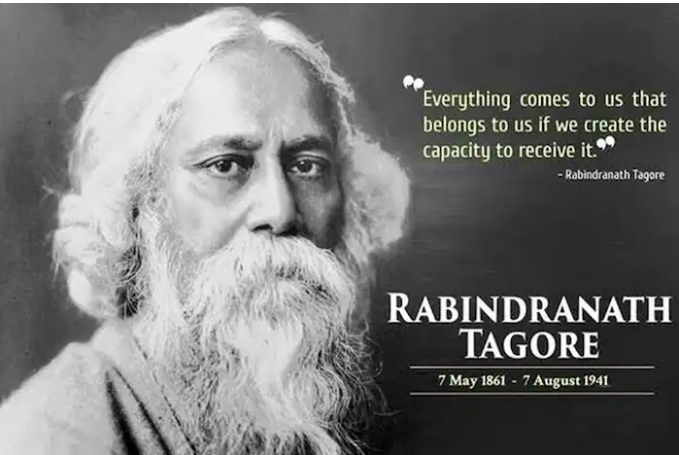
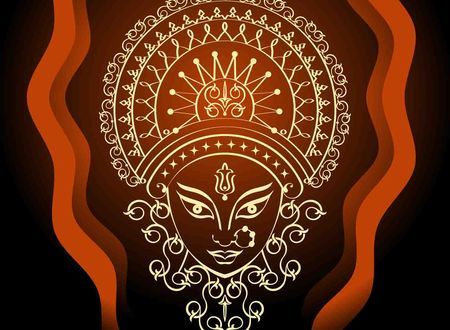
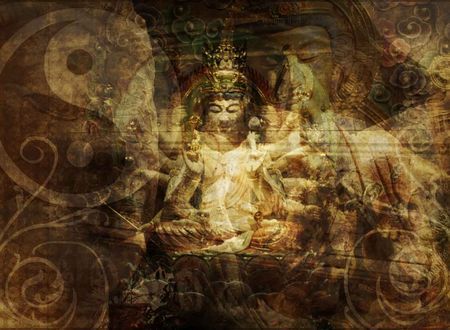

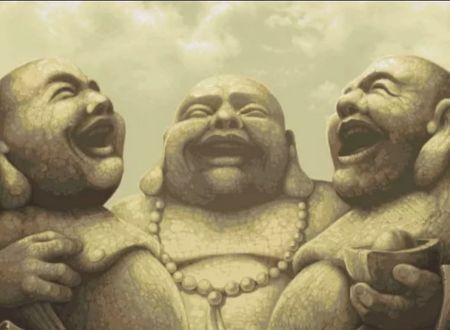
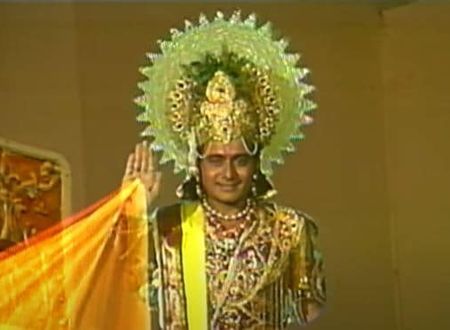


Comments & Discussion
13 COMMENTS
Please login to read members' comments and participate in the discussion.